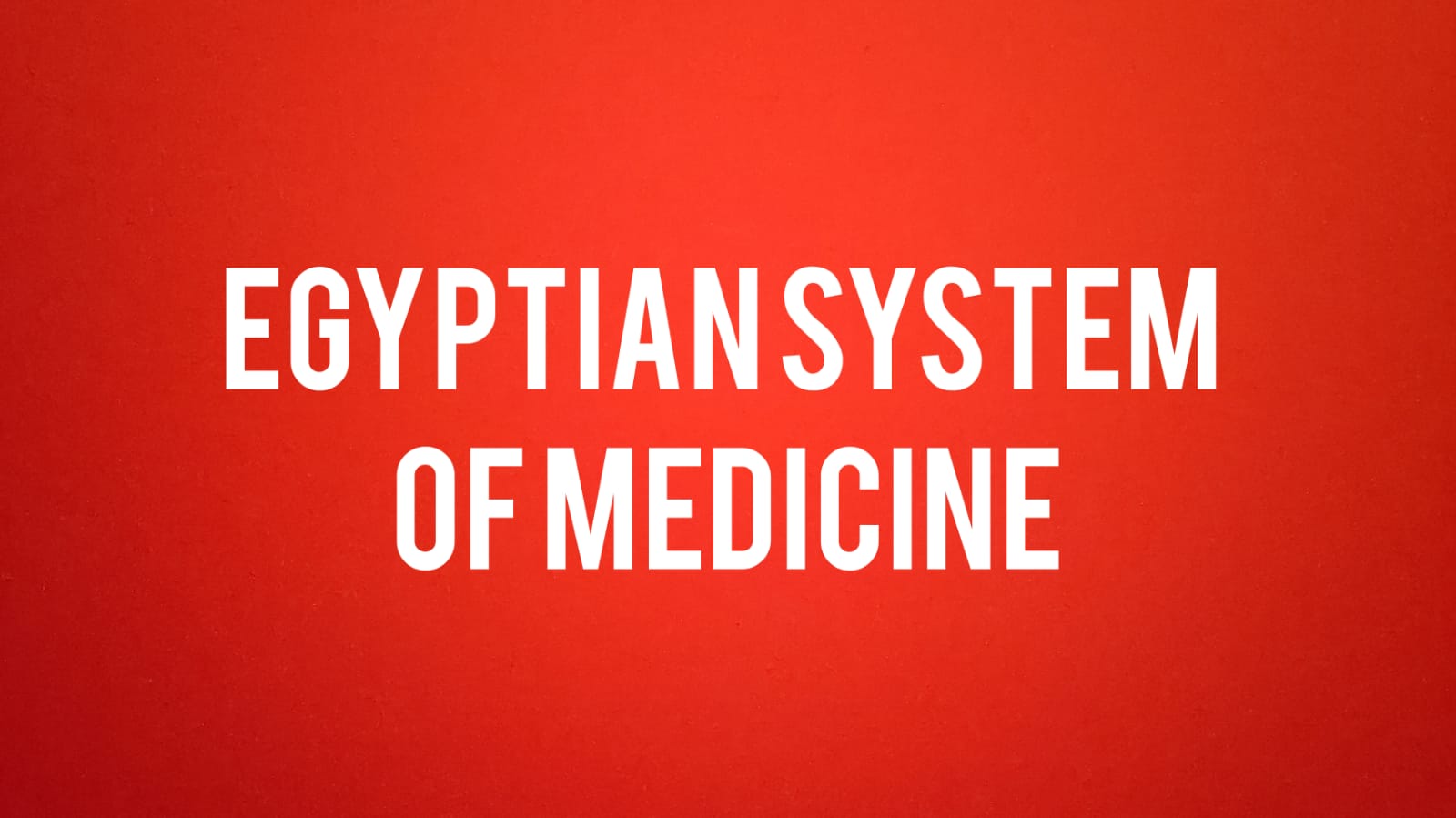LM potency – The new discovery.

Hahnemann was not completely satisfied with the medicinal solutions of centesimal potencies, especially in weak sensitive constitutions with chronic miasmic diseases. He found in certain cases that the lower potencies were not able to stimulate a healing reaction, yet at the same time, the higher potencies caused serious aggravations.
He wondered if it was possible to make homoeopathic remedies that acted deeply, yet at the same time were gentler on the constitution. Even though the medicinal solutions had greatly improved the centesimal system he wondered how he could overcome aggravations in those cases that were weak, over sensitive, and at the present time incurable. Surely the answer to this question is not in raising the dynamizations to even higher and higher ranges of potency.
By this time Jenichen’s potencies where reaching levels of far beyond 1m, and in Hahnemann’s experience, they were not suitable in weak cases with advanced tissue pathology because of the serious life threatening aggravations they could cause.
Hahnemann’s greatest desire was to cure these degenerative chronic cases as they proved to be the most resistant to his treatment. The only thing the old Master could do was to begin a completely new series of homoeopathic experiments even though he was in hi eighties!
At this time Hahnemann was assisted by a Reverend Everest, who was in charge of making sugar globules for his remedies. He was a close friend and confidante of Hahnemann’s in his last experimental works. On July 30, 1853 a letter was published in the Times that Rev. Everest wrote to a Dr. Luthur in which he describes the experiments he witnessed Hahnemann perform while he was improving the homoeopathic system. We have included most of the letter as we think it is enlightening as well as of great historical interest.
This is recorded in Bradford’s Life and Letters of Hahnemann, page 473.
“Hahnemann endeavored to find means to administer remedies in such a way that the least possible disturbances compatible with cure should result. To this end he made a great variety of experiments. The first in order was olfaction, and this he adopted in certain cases to the end of his life, I am not aware that he altogether abandoned it.
But certain objections caused him to seek for some other means of moderating medicinal action. His next experiment was to dissolve three, two, or one globules in a glass of water, and then, carefully stirring, to put a dessert or teaspoonful of this into another glass.
He still found, however, that is very delicate constitutions too excitement was produce even thus, when the medicine was accurately chosen; for if a medicine is not exactly harmonic to the case, its effects are, of course, much less, inasmuch as in that case it acts on a part of the organism not morbifically excited; and this remark will explain why so many practitioners of modern or “improved Homoeopathy” experience so few cases of aggravation, that is because they give medicines at random, and so do not touch the disturbed nerves at all.
The attenuation was sometimes carried through two, three, four, five, and six tumblers; but it was a very inconvenient proceeding, and it had none of the simplicity which Nature’s laws generally have.
He tried, in its order, the diminution of the number of shakes, but that seemed not to give the accurate result that he wanted. He tried many plans and made many experiments with one or two of which I am acquainted and others I have forgotten, if ever I heard them. At last, however, and the one that gave the most satisfactory results (I believe I may say that he was perfectly satisfied with them) was the plan I now explain:
Starting from the first spirituous tincture of any medicine which I believe was the third from the commencement (3c), and is, according to the ordinary notation, written 1, instead of adding one drop of this dynamization to one hundred drops of spirit of wine to make the next, and so continuing the dynamization by drops he moistened a few globules of a fixed normal size with it, and taking in the first experiment, I believe, ten but in the latter and more satisfactory ones only one globule of those so moistened he dissolved that in a minute drop of water, and then added one hundred drops of spirit of wine.
Having shaken it (I forget how much) he moistened globules with this, and having dried them, put them into a tube in his medicine chest, well corked; these he labeled 0/1. The next dynamization was procured by dissolving one globule of 0/1 in a small drop of water of water, and adding one hundred drops of spirit of wine; with this he humected a globule as before and called that dynamization 0/2….”
LM potency
After many trials and some tribulations, in the year 1840 Hahnemann discovered the 1/50,000 dilution rate and created the new LM potency system. Hahnemann began to do clinical experiments with raising the dilution ratio of his dynamizations instead of raising the potency because he felt that Homoeopathy had already developed the methodology of the centesimal potency as far as it was possible to go.
Of his new LM potency system Hahnemann wrote in the Organon
“…this method of dynamization, I have found after many laborious experiments and counter-experiment, to be the most powerful and at the same time (the) mildest in action, as the material part of the medicine is lessened with each dynamization 50,000 times and yet incredibly increased in power.”
The introduction of the new LM potency was Hahnemann’s last great gift to Homoeopathy and was the outcome of his 50 years of research. With this higher dilution ratio Hahnemann found just what he was searching for to break the impasse in treating the most chronically ill of his patients.
The 1/50,000 dilution ratio was to replace the 1/100 ratio as it was very powerful yet gentler than the higher potency centesimals. At last he was satisfied that he had found “the most perfect method” and had fulfilled the highest ideal of cure which is a rapid, gentle and permanent restoration of the health.
As Reverend Everest said, Hahnemann “was so entirely satisfied with the gentle and kindly action of these preparations that they would, I think, almost have superseded with him all other preparations.”
Hahnemann called the new preparations medicamens au globule (medicine of the globules, the one pill being noted by the 0) to distinguish them from the centesimal potencies which were marked with a small x, and were called medicamens a la goultte (medicines of the drop).






